Search
Did you mean: Trajan's Column?
Search Results
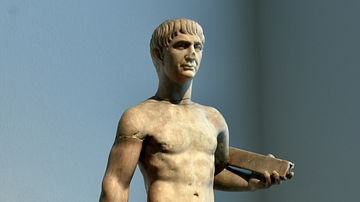
Image
Statuette of Trajan
The head and torso of this statuette did not originally go together. The head is a portrait of the Roman Emperor Trajan (r. 98-117 CE). Records of the sculpture, first presumed to be a gladiator, can be traced back to the Venetian Andrea...

Video
Baths of Trajan - Ancient Rome Live
The Baths of Trajan were built. on Esquiline hill ridge (Oppian) near the the Baths of Titus, with a magnificent view of the. Colosseum. Remarkably, Trajan's baths set a new standard for size and scale, comprising an area of 250 X 210 meters...
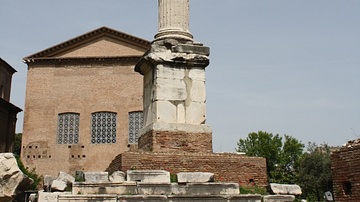
Image
Column of Phocas, Rome
The column of Phocas in the Roman Forum, Rome. The column is 13 metres high and stands on a brick base surrounded by marble steps. The inscription on the base reveals that the column was dedicated to Phocas, a centurion who became emperor...

Video
Trajan - The Best Emperor #13 (Optimus Princeps) Roman History Documentary Series
Named Optimus Princeps or the best emperor during his time. Trajan has been remember as one of the best Roman Emperors and he presided over a period of renewed conquest and during his reign the empire would reach it's greatest extent and...
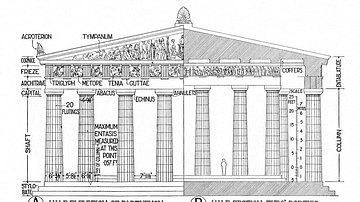
Article
A Visual Glossary of Classical Architecture
Abacus - a large slab placed above the column capital to support the architrave or an arch placed above it. Akroterion - a decorative piece added to the roof of a temple at the apex and corners, usually made of clay or bronze and often in...
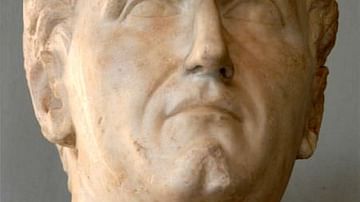
Definition
Nerva
Marcus Cocceius Nerva was Roman emperor from 96 to 98 CE, and his reign brought stability after the turbulent successions of his predecessors. In addition, Nerva helped establish the foundations for a new golden era for Rome which his chosen...
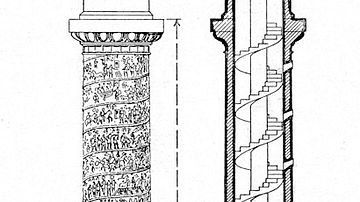
Image
Column of Marcus Aurelius Diagram
An illustration of the exterior and interior of the Column of Marcus Aurelius and Faustina in Piazza Colonna, Rome. The column was erected in c. 180 CE and depicts in relief sculpture the emperor's campaigns across the Danube between 172...

Video
Trajan's Forum
Apollodorus of Damascus, The Forum of Trajan, dedicated 112 C.E., Rome
A conversation with Dr. Beth Harris and Dr. Steven Zucker

Definition
Roman Architecture
Roman architecture continued the legacy left by Greek architects and the established architectural orders, especially the Corinthian. The Romans were also innovators and they combined new construction techniques and materials with creative...
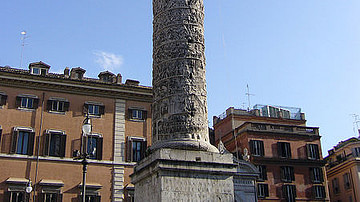
Image
Column of Marcus Aurelius
The Column of Marcus Aurelius and Faustina in Piazza Colonna, Rome. The column was erected in c. 180 CE and depicts in relief sculpture the emperor's campaigns across the Danube between 172 and 175 CE.